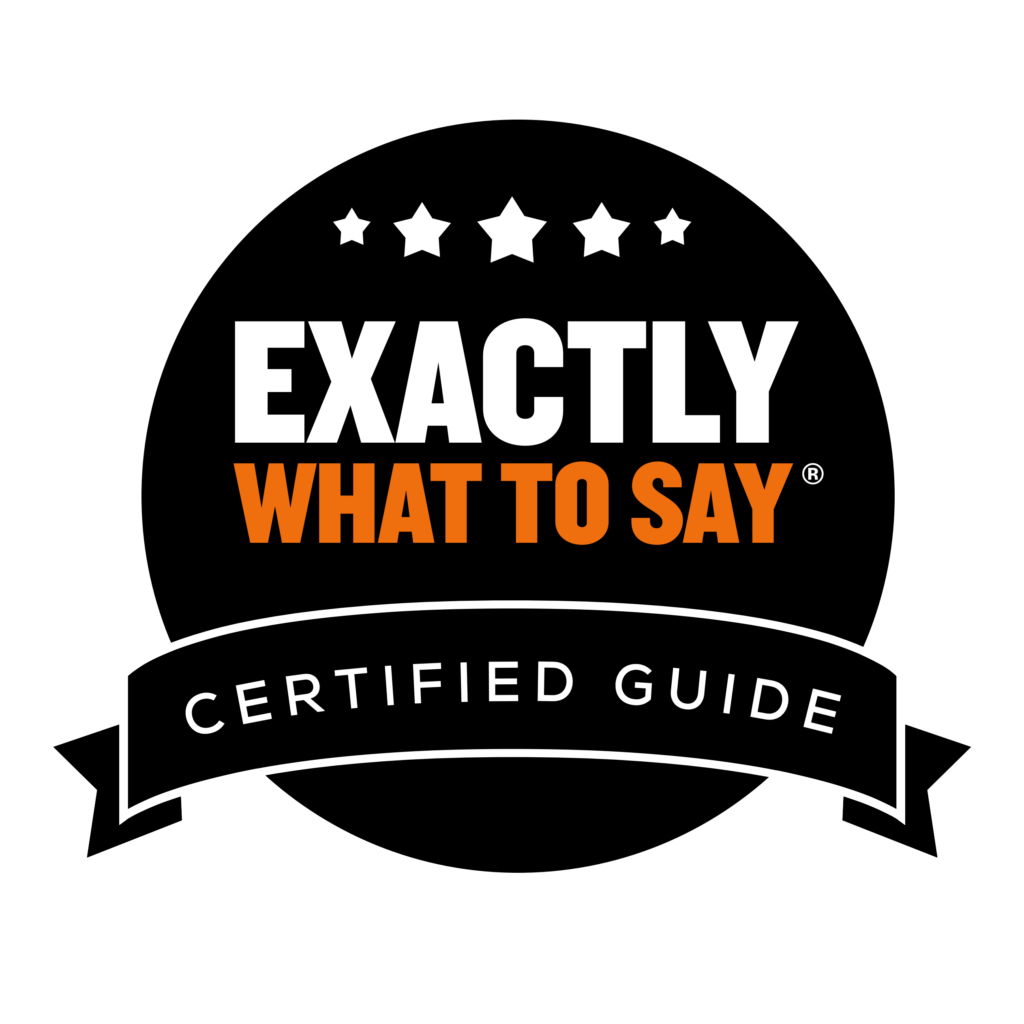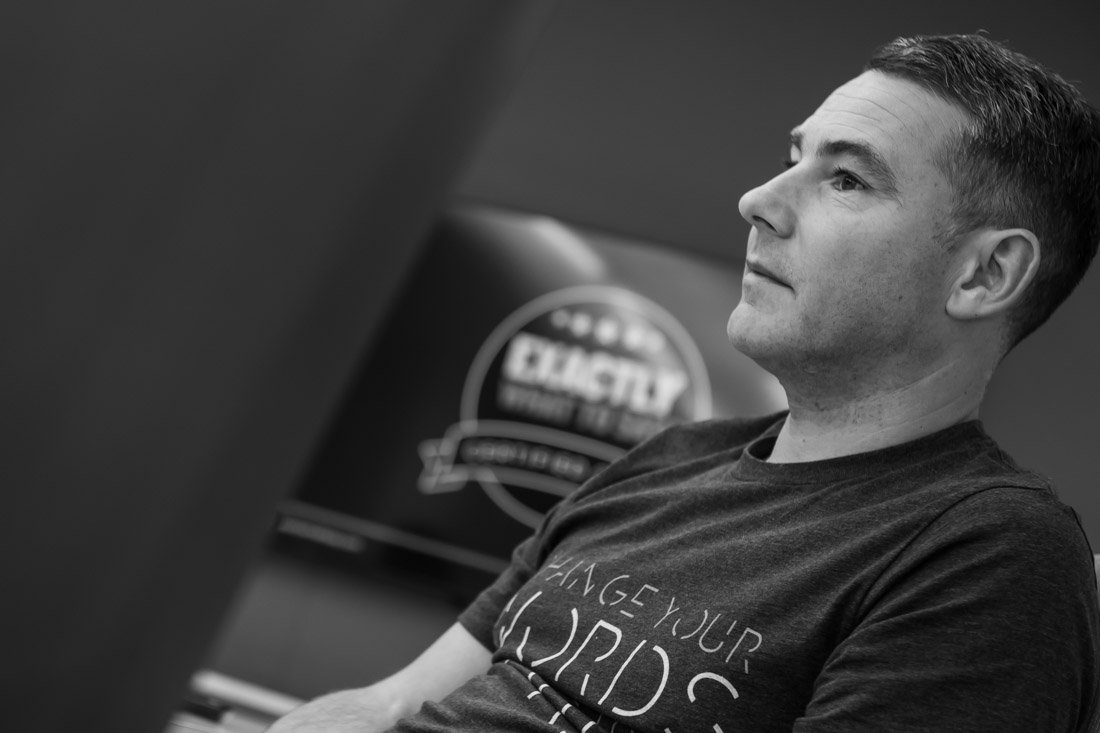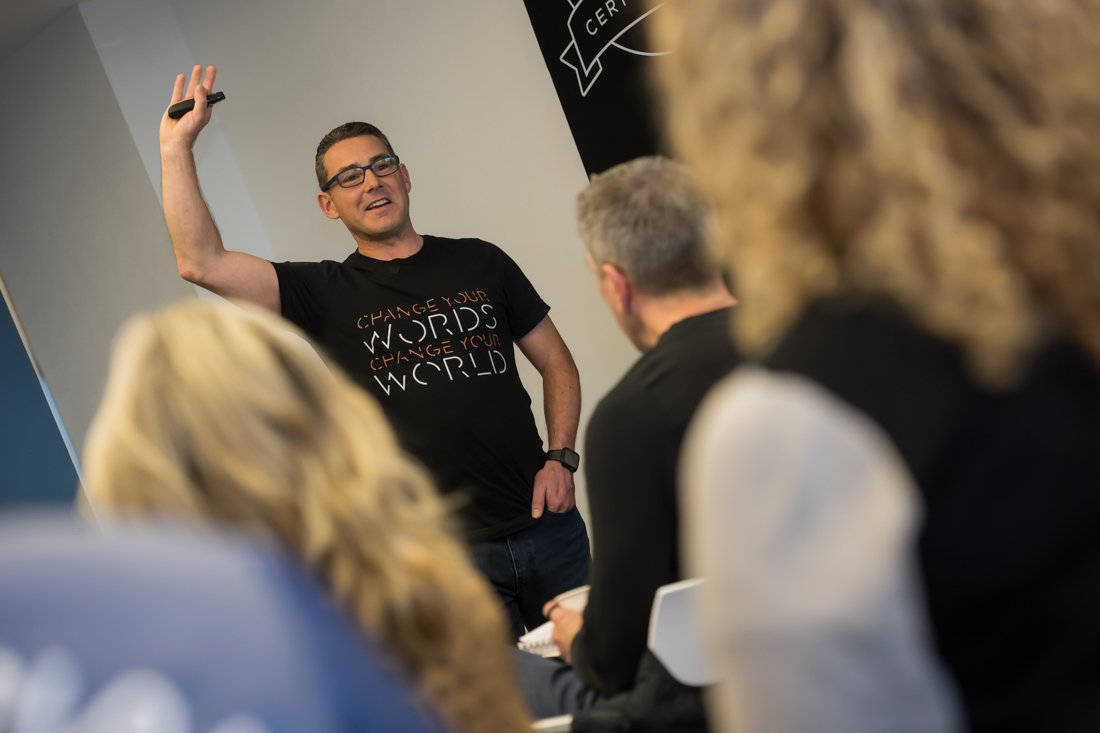When we’re kids, many of us dream of seeing ourselves on a sports poster—larger than life, captured in a moment of victory. We imagine our name in bold letters, our accomplishments on display, and people looking up to us as an example of success. But while few of us ever make it onto that kind of poster, what if the real key to success isn’t being on the poster—but creating the right posters in the first place?
On September 2, 2024, I competed in my second Paralympic Games, racing through the iconic streets of Paris. As a totally blind triathlete, I don’t race alone—I compete with a sighted guide. This person swims alongside me, bikes on the front of my tandem, and runs step-for-step with me.
Finding the right guide isn’t about luck or magic. It’s about knowing exactly what to look for and exactly what to say to find that person. And if you understand this process, you can apply the same principles to prospecting in business.
Too often, people say: “If I just had more opportunities, I’d make more sales.” But just like in triathlon, success comes from following the right steps—in order.
The Triathlon and Business Connection: The Five-Step Dance

Triathlon may have three disciplines, but it’s really a five-part process:
- Swim
- Transition 1
- Bike
- Transition 2
- Run
And just like in triathlon, business success follows a five-step process:
1. Questions create conversations
2. Conversations build relationships
3. Relationships lead to opportunities
4. Opportunities lead to action
5. Action creates results
The mistake most people make? They try to jump straight to step four.
That’s like saying, “I’d be great at triathlon if I didn’t have to swim.” Just as every triathlon starts in the water, every business opportunity starts with a well-placed question.
Start Prospecting with Six Simple Words
So, what are the right questions? In Exactly What to Say, we learn that “a well-placed question can change the course of a conversation.” The simplest way to start is with these six words:
- Who?
- What?
- When?
- Where?
- Why?
- How?
For example, when searching for a guide, I ask:
- Who am I looking for?
- What attributes must they have?
- When do I need them?
- Where should they be located?
- Why do I need their help?
- How will I find them?
When you apply this to business, these same questions help you define your ideal client, employee, or partner—so you’re not just looking for anyone, but the right one.
The “Missing Persons Poster” for Precision Prospecting
If you want to find the right people, you need to describe them clearly. In Exactly What to Say, Phil M Jones teaches that “when you look for everyone, you find no one.” That’s why I use a Missing Persons Poster—a specific description of my ideal prospect.
Example: Finding the Ideal Running Guide
When searching for a guide, my poster might look like this:
Ideal running guide for training:
Male. Height: 5,9-6,2. Weight: 150-180 lbs. Age: 30-35 years old. Fluent in English. Comfortable running and talking at 8:00/mile to 5:30/mile pace. Based in Colorado Springs. Available Tuesday, Friday, and Sunday mornings. No prior guide experience necessary—Grasshopper, I will teach you.
This isn’t about exclusion—it’s about clarity. When I share this description, it helps the right people find me. And in business, the same applies.
Using the “Missing Persons Poster” for Business
Think about your next ideal prospect. Instead of searching blindly, define them clearly.
Your Business Missing Persons Poster
- Who are you looking for?
- What attributes do they possess?
- When do you need them?
- Where are they located?
- Why do they need what you offer?
- How will you find them?
For example, if you’re a real estate agent prospecting for new clients, your poster might look like this:
Ideal home buyer: First-time buyer, age 28-35, dual income, looking for a single-family home in a suburban area within 30 minutes of the city. Motivated to buy within six months. Prefers digital communication but open to calls. Concerned about affordability and financing.
Once you have this clarity, prospecting becomes easier. When someone asks, “Who do you know who is looking to buy a home?”, instead of saying, “Anyone, really,” you can describe exactly who you’re looking for—so referrals become precise and powerful.
Final Thought
Now it’s your turn.
Take five minutes right now to write your own Missing Persons Poster for your next ideal prospect. Be specific. Use the six words—Who, What, When, Where, Why, and How—to clarify exactly what you’re looking for.
Now, take that description and paste it into your favorite AI Generator and create your posters!
Remember:
“The worst time to think about what you’re going to say is in the moment you’re saying it.” — Phil M. Jones
When you were younger, you may have dreamed of being on a poster. But now, instead of waiting to be chosen, you’re the one creating the posters. You’re the one identifying who you need, where they are, and how to bring them into your world.
Because the right people aren’t really missing—they’re just waiting to be found.











